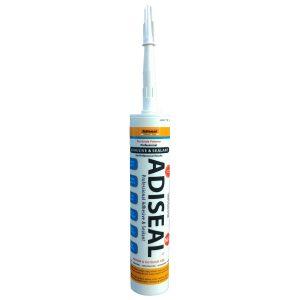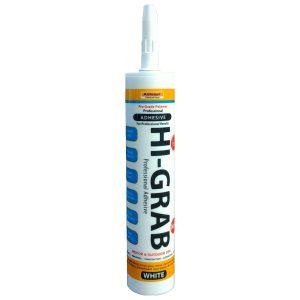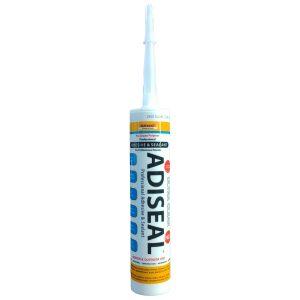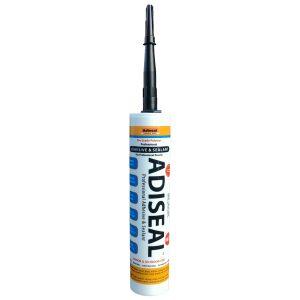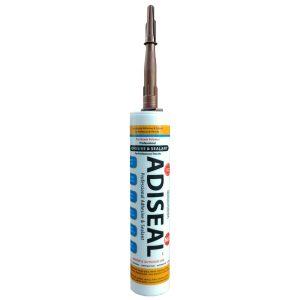Glue for Metal
Glue for Metal: Guide to Adhesive Bonding for Metal
When it comes to joining metal surfaces, using the right glue for metal is essential for achieving strong and durable bonds. This article provides valuable insights into selecting the appropriate adhesive for metal projects, highlighting its importance, and offering tips for successful metal bonding applications.
Understanding Glue for Metal
1. Types of Metal Adhesives:
– Epoxy Adhesive: Epoxy-based glues offer excellent bonding strength and resistance to temperature, chemicals, and moisture, making them suitable for various metal types.
– Cyanoacrylate Adhesive: Commonly known as super glue, cyanoacrylate adhesives provide fast bonding for metal surfaces.
2. Factors to Consider:
– Strength and Durability: Choose an adhesive with high bond strength to ensure long-lasting and reliable metal joints.
– Compatibility: Consider the specific metal types involved and select an adhesive that is compatible with those metals.
– Temperature Resistance: Depending on the intended application, opt for an adhesive that can withstand the temperature conditions to which the bonded metal will be exposed.
Applications of Glue for Metal
1. Metal Repairs:
– Glue for metal is commonly used for repairing broken or damaged metal objects, such as tools, appliances, or automotive parts.
– It provides a quick and effective solution for joining metal pieces together, restoring their functionality.
2. Metal Fabrication:
– Adhesives for metal are essential in various metal fabrication projects, including creating sculptures, jewelry, or industrial components.
– They offer an alternative to traditional welding or soldering methods, allowing for precise and clean bonding.
3. DIY and Home Improvement:
– Glue for metal finds applications in DIY projects and home improvement tasks, such as attaching metal brackets, hinges, or decorative elements.
– It provides a strong and secure bond while eliminating the need for specialized equipment or expertise.
Tips for Successful Metal Bonding
1. Surface Preparation:
– Clean the metal surfaces thoroughly, removing any dirt, grease, or corrosion.
– Roughen the surface slightly using sandpaper or a wire brush to enhance adhesive adhesion.
2. Adhesive Application:
– Follow the manufacturer’s instructions for adhesive application, including the recommended coverage and curing time.
– Apply the adhesive evenly and avoid excess application to prevent messiness and potential weak spots.
3. Clamping and Curing:
– Use clamps or tape to hold the bonded metal pieces in place during the curing process.
– Allow sufficient time for the adhesive to cure fully, ensuring maximum bond strength.
Conclusion:
Selecting the right glue for metal is crucial for achieving strong and reliable bonds in various metal applications. Consider the type of adhesive, strength, compatibility, and temperature resistance to meet the specific requirements of your metal project. Proper surface preparation and adhesive application techniques are essential for successful metal bonding. With the right adhesive and proper techniques, you can confidently join metal surfaces, whether for repairs, fabrication, or DIY projects, and enjoy the durability and longevity of your bonded metal joints.
Showing all 6 resultsSorted by popularity
